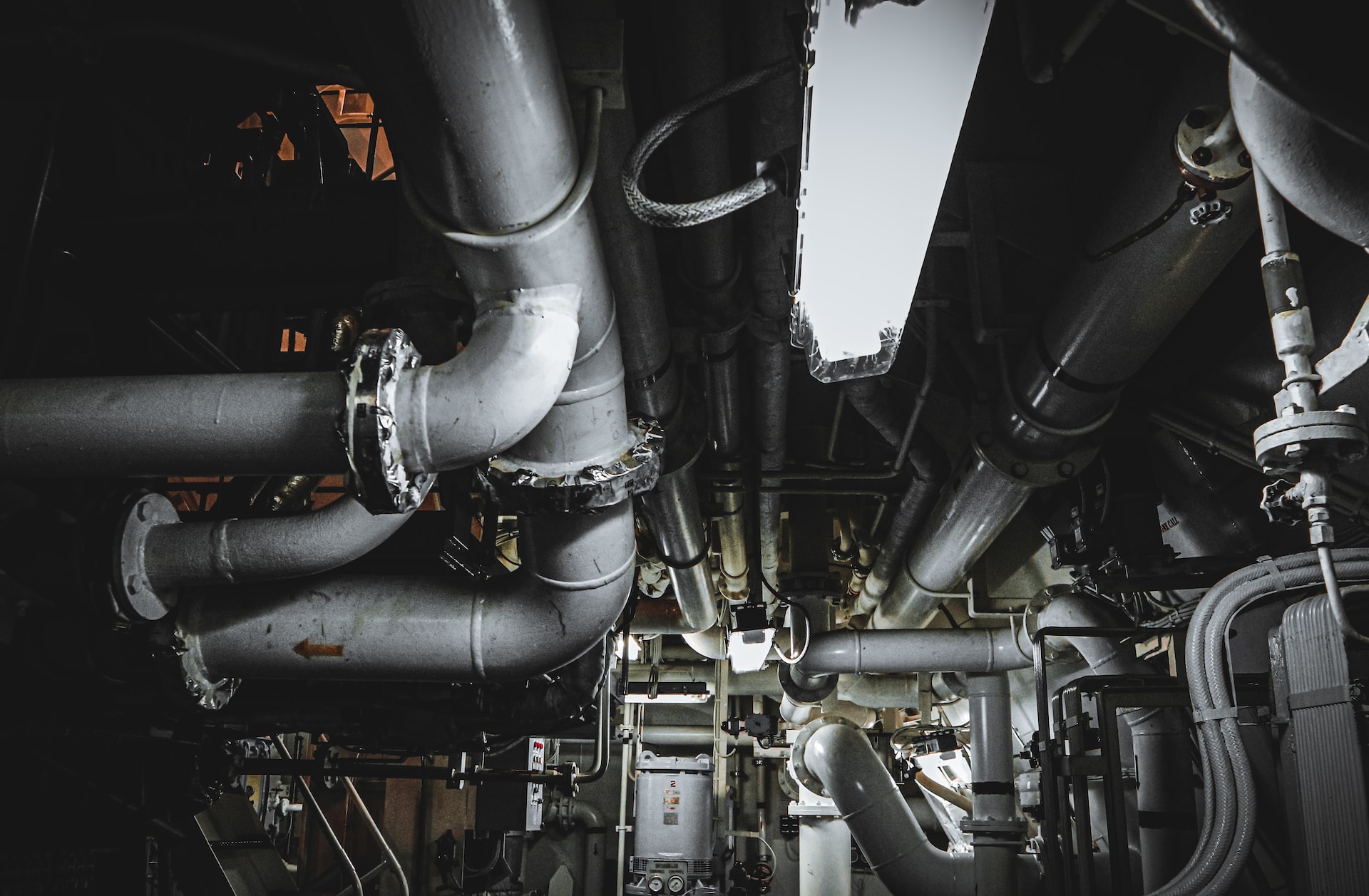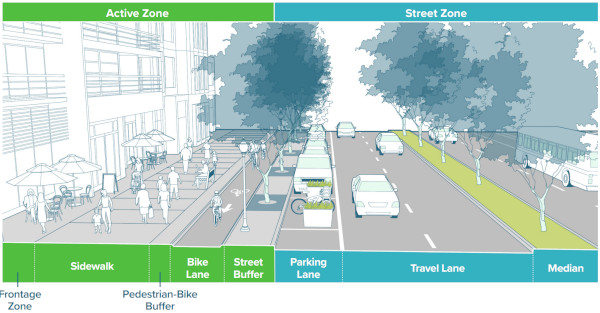
Infrastructure is the set of works and services that allows society to function. It includes roads, bridges, airports, railways, ports, dams, electrical grids, water grids, and telecommunication networks. The 21st century poses significant challenges for this field. What are these challenges, and how are they being addressed? What is expected of civil infrastructure? How are these elements adapted without sacrificing comfort?
What is expected of infrastructure in the 21st century?
Given that infrastructure is an indispensable and irreplaceable element for the Human Development Index or improving quality of life, there are high hopes for this field in the 21st century, considering what it has already offered us in the past.
Among these expectations is that the systems deployed are as efficient as possible and as resilient as technically possible in order to maximize their sustainability and minimize environmental impact. The latter is probably the core value of the 21st century: how to make development sustainable.
Infrastructure must support adapting to the climate crisis as well as helping in its mitigation; all the while, citizens shouldn’t ever stop seeing the benefits that stem from it. This is not an easy balance to strike.
Resilient, sustainable, and ecological infrastructure
Though all the dimensions considered in this article are related to each other, infrastructure’s resilience, sustainability, and ecology form a whole that has many overlapping points. Low-carbon that are long-lasting are sought, but so are more efficient systems.
The simplest example of this is likely the optimization of a building’s infrastructure, how control over temperature-setting appliances, lighting, and even the elevator algorithm (no trivial problem) offer consumption reductions that prevent wasting energy.

In broad brushstrokes, a resilient infrastructure is one whose consumption adapts, a sustainable one has a low impact, and an ecological one can give space to the environment. In addition to the building, there are other examples, such as renewable energy projects and their storage, water management systems, and green infrastructures.
In fact, there are nature-based solutions that prevent the deployment of so-called gray infrastructure in favor of green infrastructure. One example of this is the hybrid biological trench, a type of biological trench combined with a pipeline. It requires little maintenance, does not waste energy, and performs multiple functions such as filtering, channeling, and retaining water.
By intensive use of infrastructure
Usability and multifunctionality are expected of the infrastructure of the 21st century, as is intensive use that minimizes per-capita impact by increasing utility. How is this achieved?
It is increasingly common to find mixed-use or multi-purpose buildings that help maximize the benefit of infrastructure investment. They are highly versatile, flexible spaces that allow for a multitude of activities in the same place. The classic example is schools that open in the afternoons for neighborhood meetings, support centers, or places where people can telecommute, study, train, and even work out. After all, the school’s sports equipment isn’t used by students in the evenings.
When features are designed for various uses, it is possible to deploy fewer infrastructures that are then more widely used. Some examples include:
- The standardization of electric chargers lets them be used by more vehicles, be used more, and increase the demand for electrification.
- All-ages play areas are inclusive spaces designed to maximize use, harnessing different time slots for children, adults, and senior citizens – even allowing common play among all.
- Energy Communities have connected roofs to better take advantage of the same volume of solar panels since not all residents consume energy at the same time.
- Many sports fields already have multiple lines on the pavement so that occupancy is maximized.
Infrastructure adapted to all needs
The infrastructure of the 21st century cannot serve only one type of user; it is expected to respond to a variety of needs while at the same time being compatible and optimal. That is why they are eliminating stroads in North America or why complete streets are being promoted in Europe.
Stroads are an unhelpful cross between a street and a road. These are particularly unsafe for pedestrians and cyclists, and they don’t even let cars travel fast, meaning they serve no particular purpose. So they’re being changed to (faster) roads or (slower) streets.

Montgomery Country Complete Streets,
Some will even end up becoming complete streets, an infrastructure solution that allows the use of all kinds of vehicles — cars, motorcycles, scooters, bicycles, buses, trucks, and even trams — as well as active modes such as walking and biking, as well as the construction of a place. It is designed to provide safe access to all users of all ages and abilities at a low cost while also being sustainable and highly efficient.
The challenge of recirculating raw materials
Stock outages after the pandemic and the rise of raw material prices due to the war in Ukraine are two examples of how any instability in production systems tends to drive prices up drastically. It is an economic perspective on the flow of materials, along with other points of view like sustainability.
In order to keep infrastructure costs from depending on these factors, it’s best to look for a way to recirculate raw materials. For example, there’s making use of recycled asphalt that uses reused material for its manufacture, as well as a way to make the road infrastructure more sustainable.
The same is true in other areas, such as revamping industrial machinery or reusing modular elements. The latter is very common in telecommunications infrastructure, where booths, towers, and even equipment that has several decades behind it are used, where only some elements are updated to make qualitative leaps in quality.
Towards infrastructure that’s digital, connected, and smart
If massive data generation was what made waves at the end of the 20th century, the 21st century will be remembered for smart use of information. Data is transformed into information, and this is converted into applied knowledge. Over the next few years and decades, we will learn how to make better use of what we already have, or even to design new infrastructure alternatives. One example of this way of thinking is shifting the paradigm of electrical macro-networks to local smart grids based on self-consumption.
The future holds many promises of wonders in technology and engineering: virtually unlimited energy, decarbonization, the end of hunger. And yet, there is also the fundamental challenge of achieving all this by preserving and restoring natural resources.
main image: Hilbert Simonse,






There are no comments yet